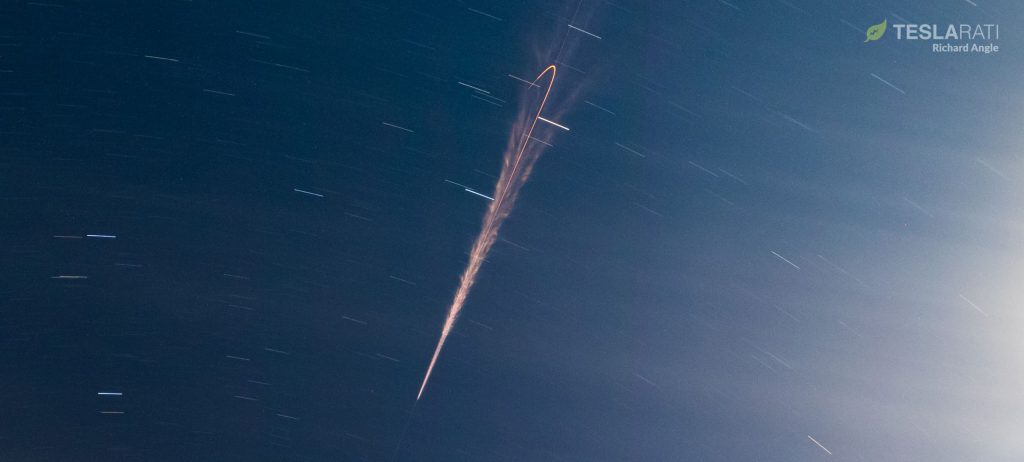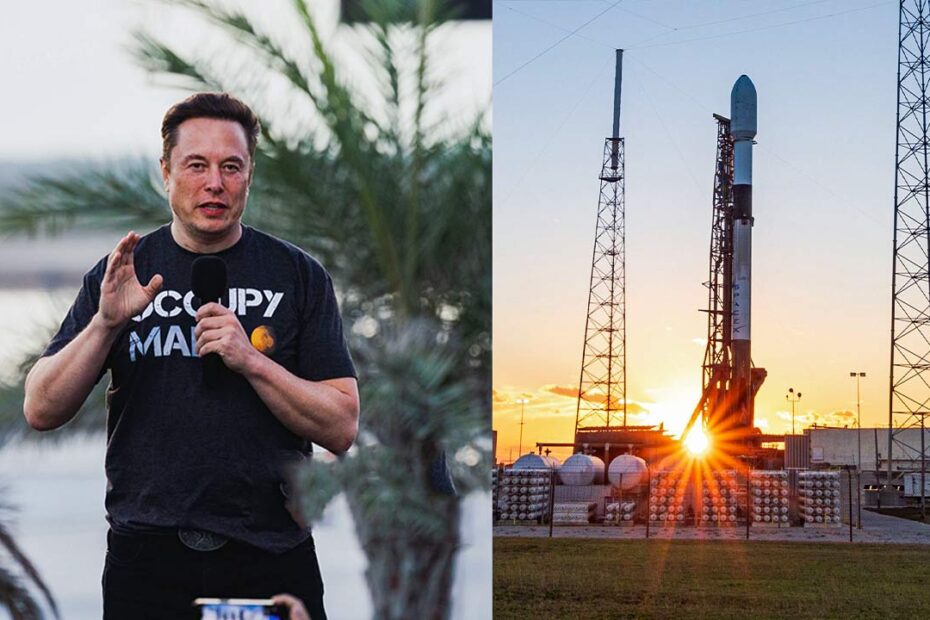Elon Musk may take SpaceX’s Starlink business public in 2023, says Chamath Palihapitiya Elon Musk may take SpaceX’s Starlink satellite-internet business public this year, according to Chamath Palihapitiya.
In a recent episode of his All-In podcast, the so-called SPAC king said that a Starlink IPO would be “an obvious outcome in 2023.” Elon Musk talks about the pitfalls and dangers of margin lending on our pod. According to Bloomberg, Palihapitiya said.
He’s going to make breathing room for himself. This is the easiest and clearest way for him. That would give him a ton more dry powder, and in 2022, Musk discussed the possibility of taking Starlink public during a wide-ranging meeting for parent company SpaceX.
CNBC said he suggested a Starlink IPO was three to four years down the line and Palihapitiya did not provide any specific details about why or when Elon Musk might offer a Starlink IPO and whether he plans to do so. are making.
Bloomberg said he was involved in taking Virgin Galactic public and invested in space startup Relativity, and while his podcast co-hosts Jason Calacanis and David Sachs were involved in Elon Musk’s Twitter acquisition.
Palihapitiya is known for taking startup firms public through special purpose acquisition companies also known as blank check companies that serve as an alternative to a traditional initial public offering and is one of SPAC 2020. Major part. Recession is pulling the market down.
Starlink, which provides Internet services via thousands of satellites and gained more prominence in the wake of Russia’s invasion of Ukraine last year, and SpaceX to help protect the military against Russia as well as provide continuous Internet service to civilian populations provides.
Elon Musk raised doubts about the future of Starlink’s contribution to Ukraine’s defense effort when the company said in October that it could no longer continue to donate access and wanted the Pentagon to pay for the service. But he has since backtracked, with Kyiv saying in November it would seek help from allies to pay for the Starlink service.
SpaceX Falcon 9 rocket launches second batch of 40 OneWeb satellites
SpaceX has successfully completed its second launch for OneWeb by launching another 40 small communications satellites from the London-based company into orbit.
Similar to SpaceX’s own Starlink constellation, OneWeb’s primary goal is to provide Internet service to customers almost anywhere on Earth, especially in places where traditional high-bandwidth connectivity is currently unavailable or is unlikely to ever be available.
SpaceX’s Falcon 9 rocket launched from the Cape Canaveral Space Force Station (CCSFS) LC-40 pad on Monday, Jan. 9 at 11:50 p.m. ET. Est. The rocket performed perfectly, extending the Falcon 9’s record-breaking streak to 168 launches since its previous failure.
Falcon 9 stands ready for launch tonight to send up another batch of satellites for OneWeb! Launch is currently scheduled for 11:50 PM ET and the first stage will land at LZ-1 shortly after. #SpaceX
📸 for @Teslarati pic.twitter.com/JodQrG5P97
— Richard Angle (@RDAnglePhoto) January 9, 2023
No rocket in history has launched more times between failures. Flying for the second time in 44 days, Falcon 9 booster B1076 supported the boost stage of OneWeb’s 16th launch; Ejecting the payload, fairing and consumable Falcon upper stage out of Earth’s atmosphere.
Traveling at approximately 3800 mph (1.7 kph) at an altitude of 70 kilometers (44 mi), B1076 separated from the upper stage and headed back to the Florida coast. Measuring approximately 48 m (160 ft) long and 3.2 m (6 ft) wide, the Falcon 9’s first stage slowly touched down a few miles away.
From where it took off on SpaceX’s LZ-1 landing pad. According to Next Spaceflight, B1076 will be converted to a Falcon Heavy side booster to support EchoStar’s Jupiter 3 communications satellite launch in early May 2023.

SpaceX Falcon 9 rocket launches second batch of 40 OneWeb satellites
Once in orbit, the Falcon 9’s expendable upper stage was tasked with deploying 40 new OneWeb satellites in batches of three approximately 95 minutes after liftoff (1:25 AM EST/06:25 UTC). Assuming all F16 satellites are healthy, OneWeb will have 540 working satellites in orbit.
OneWeb requires 588 satellites in orbit to achieve full, global coverage with zero spares. Including spares, OneWeb plans to stop launches once the 648 satellites reach orbit. The company has received permission from the US Federal Communications Commission (FCC) to launch 716 first generation satellites.
OneWeb plans three more launches after F16, which is SpaceX’s second launch for the company. The F16 and F18 will also launch on Falcon 9 rockets, while the F17 will rely on India’s LVM 3 (GSLV Mk3) rocket. The constellation should be complete by mid-2023.

SpaceX Falcon 9 rocket launches second batch of 40 OneWeb satellites
